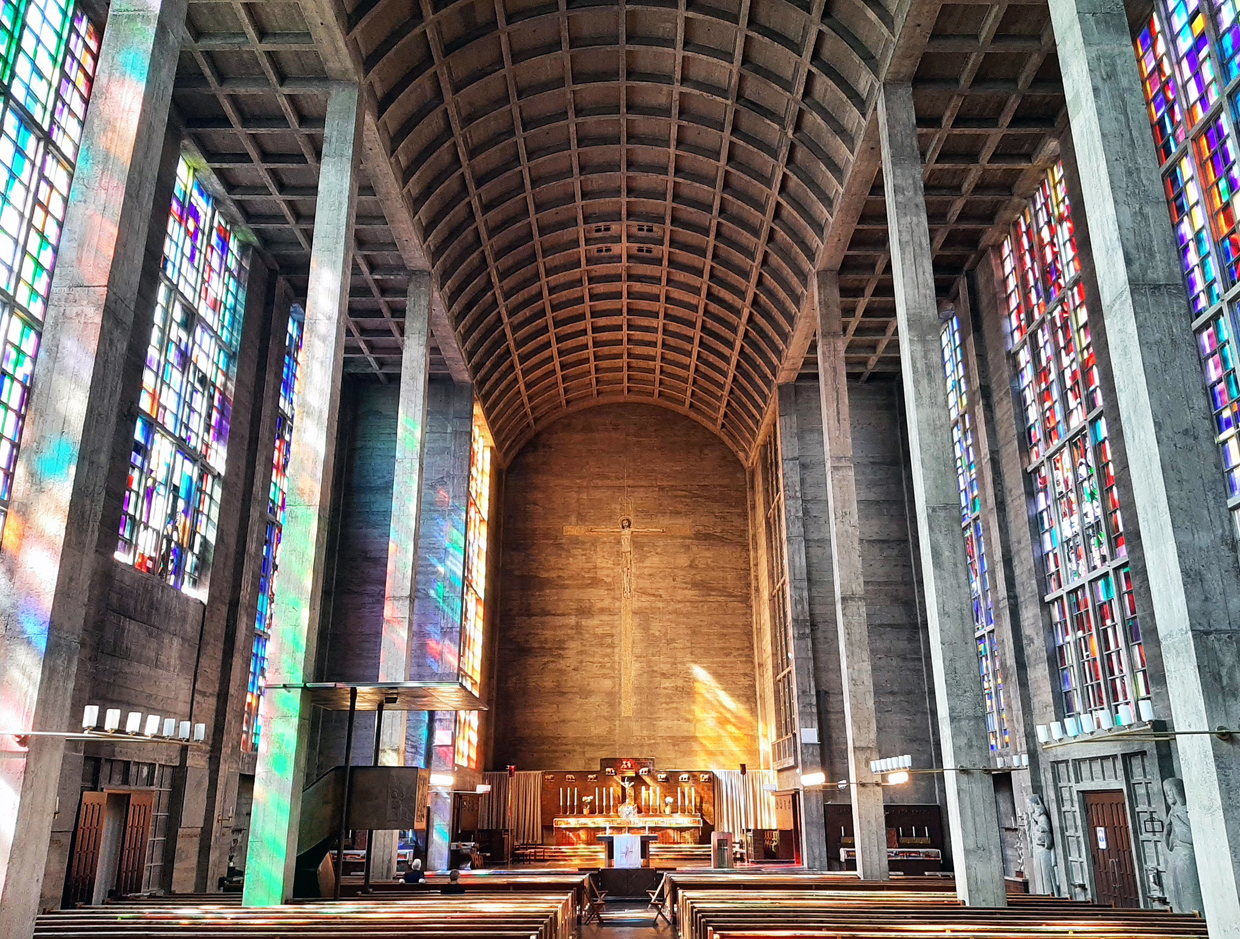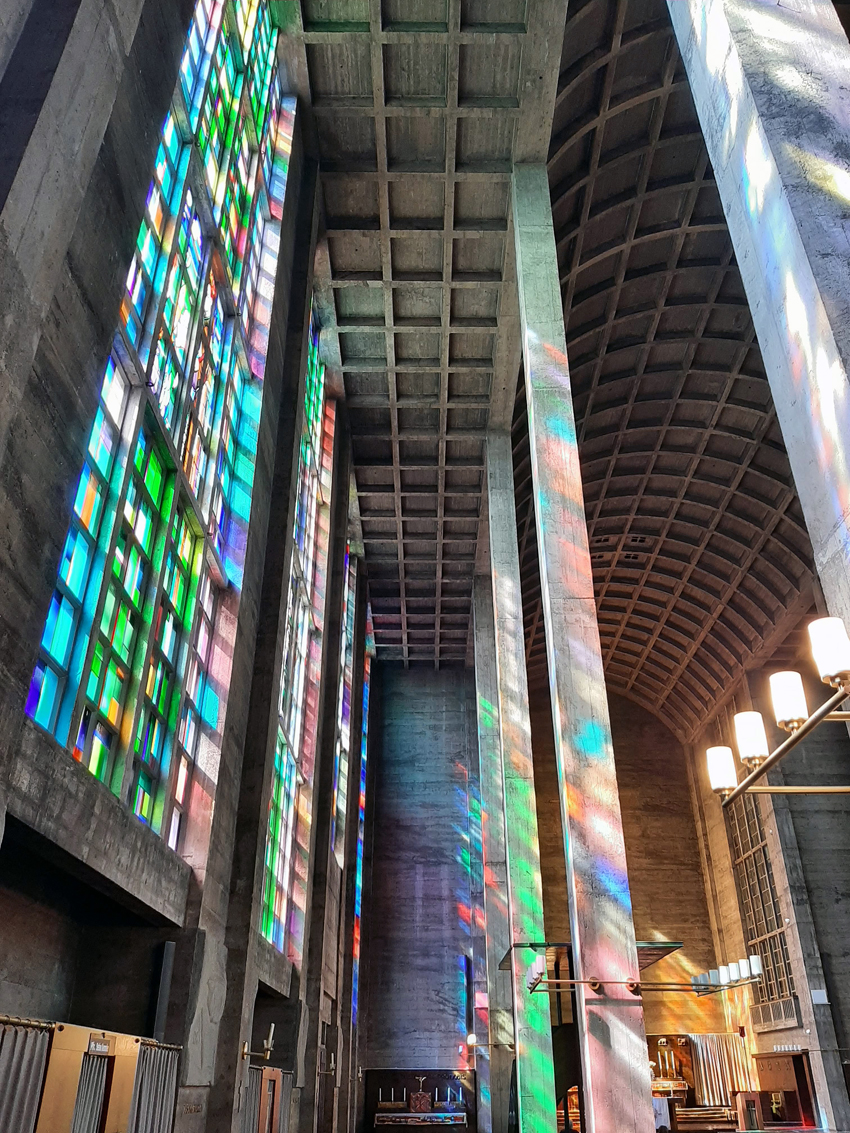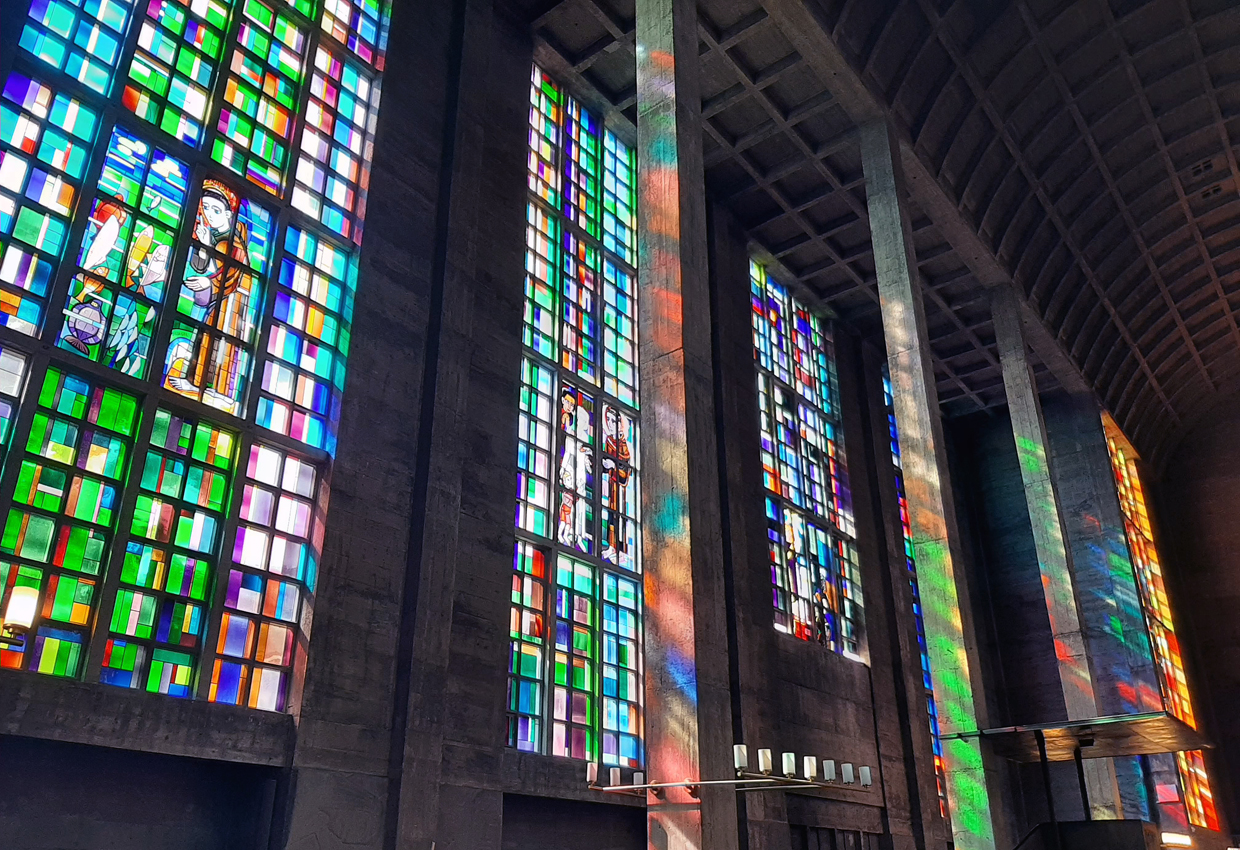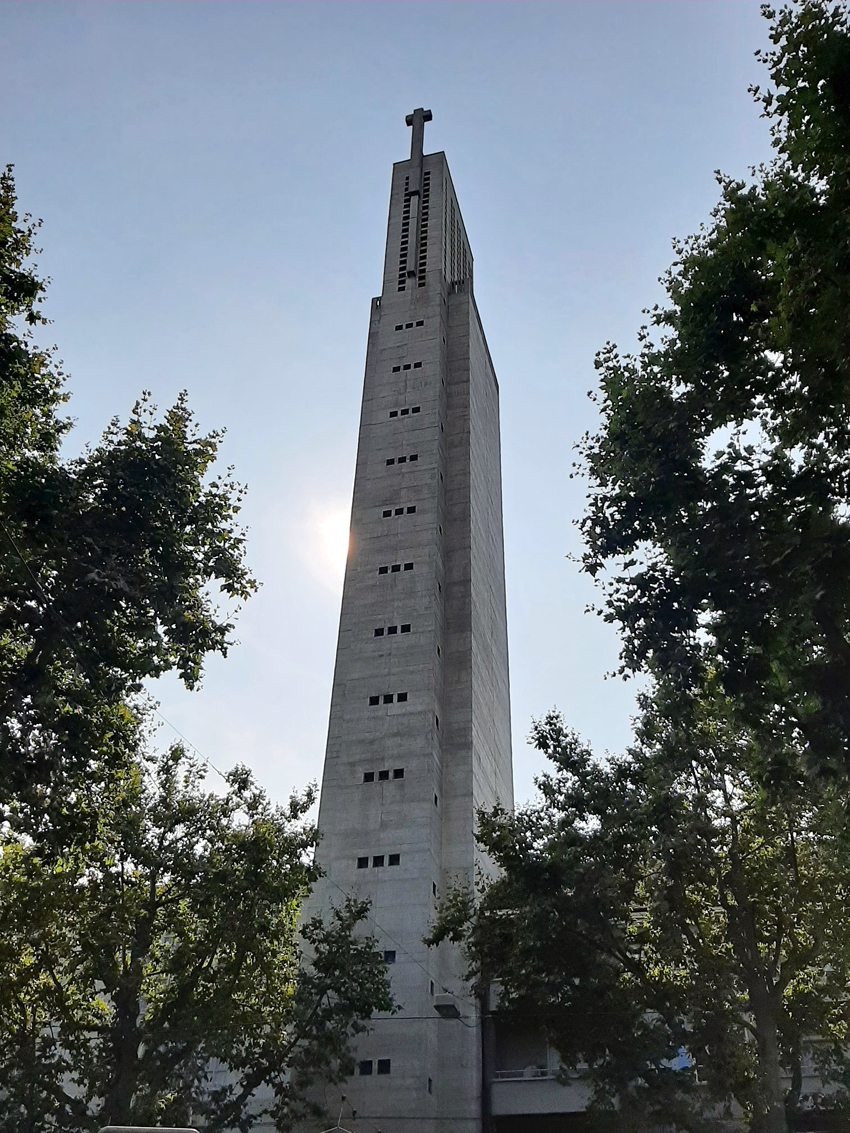News
Basel and the Fondation Beyeler
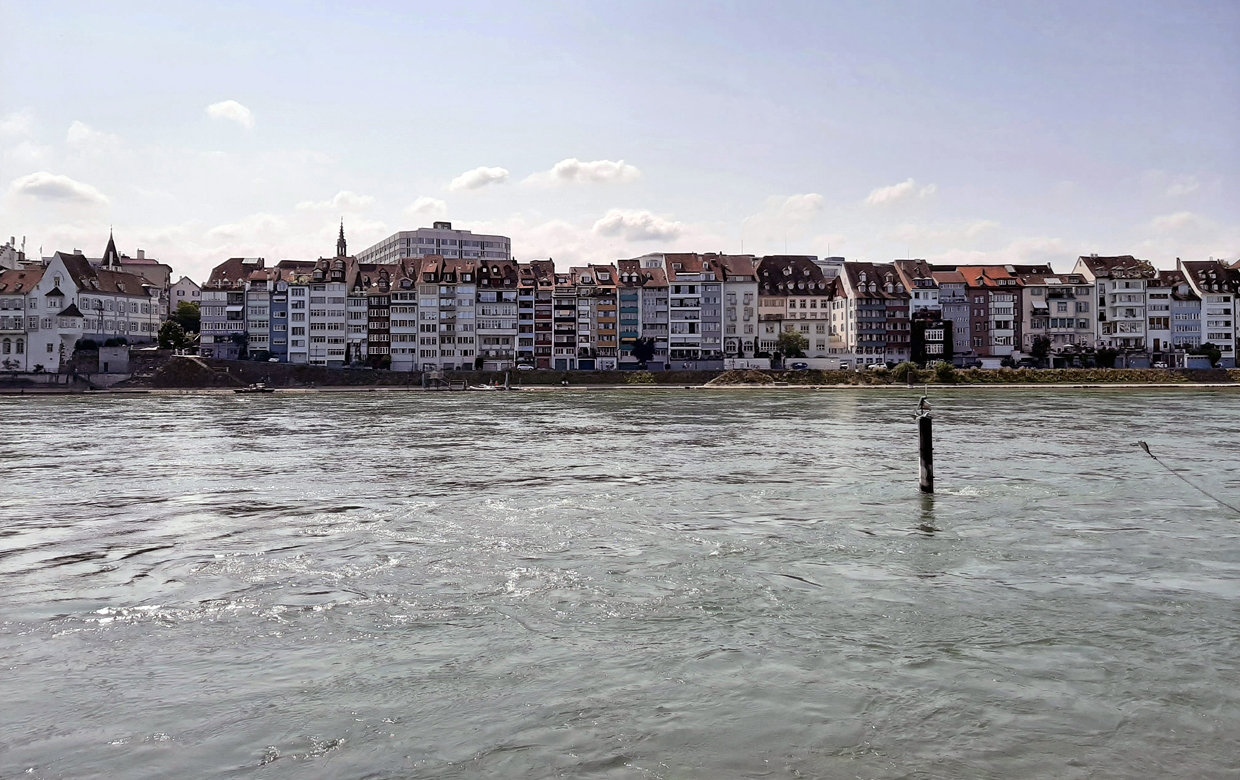
26.08.2021
One-day stopover in the Rhine city to enjoy a visit to the Fondation Beyeler and to stroll through the alleys of a city that has always surprised me.
The Fondation Beyeler is located a stone’s throw from the city center, near the German border. Unfortunately, the exhibition Olafur Eliasson, Life, which was poured into the museum a fluorescent pond was barely finished. On the other hand, I was able to appreciate the exhibition Natureculture, connected to Eliasson’s previous exhibition. In a room of modest dimensions, a large number of works from modern to contemporary art are gathered, which explore the relationship between humans and their environment, both animal and plant.
From Van Gogh to Picasso, from Louise Bourgeois to Wolfgang Tillmans, the exhibition demonstrates through paintings, sculptures and photographs the sometimes mystical relationship between man, his culture and his environment. We can thus realize that some naturalistic themes often arouse the curiosity of many artists of various periods. References from which they will draw their creative roots; or a muse who will inspire them their greatest works.
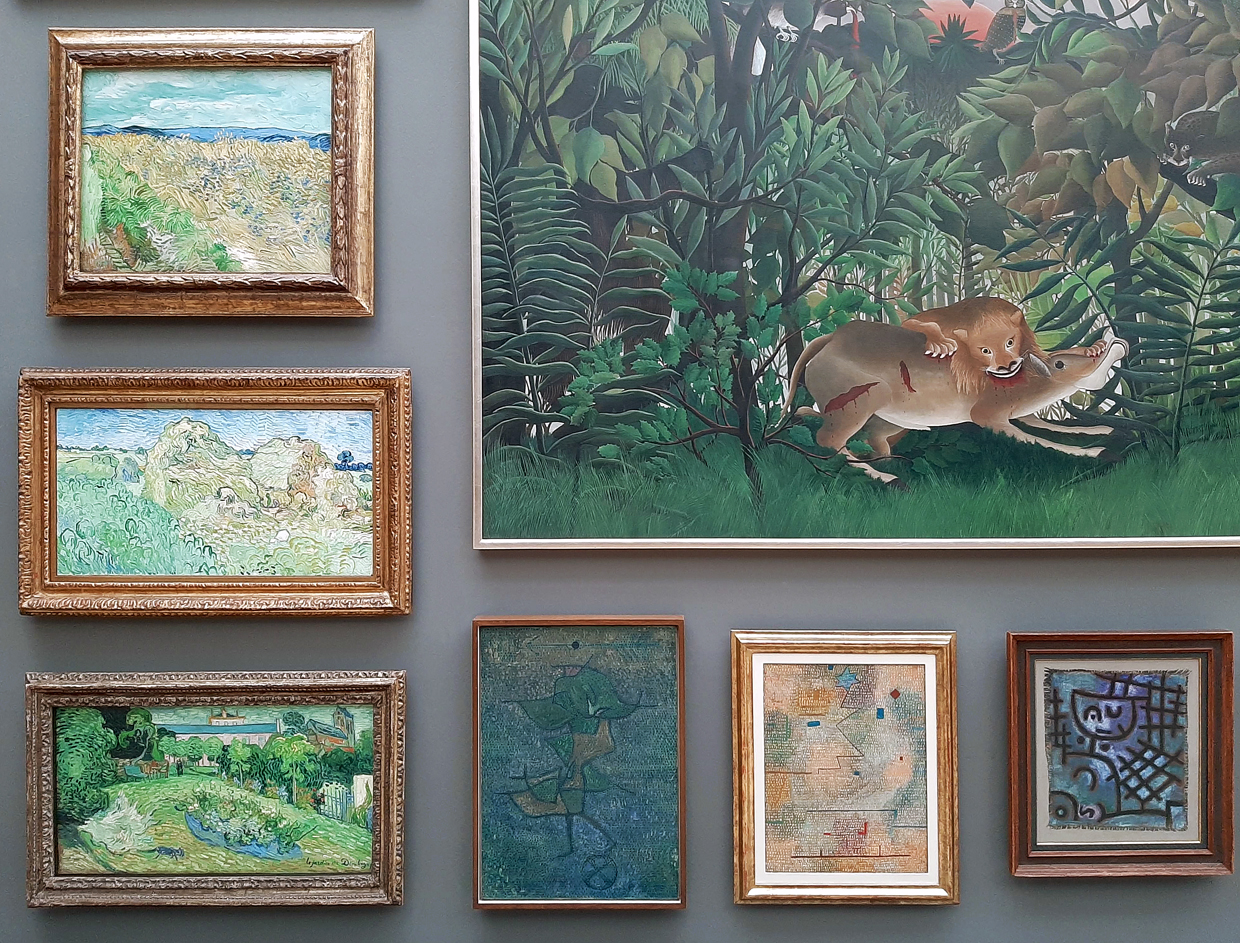
The room including the paintings of Claude Monet is particularly striking. It puts particular in relation to one of the paintings from the series of Rouen Cathedral and le bassin aux nymphéas (the lily pond), long work of three meters a spellbinding magnetism, very well highlighted by the dim light of the area designed by architect Renzo Piano.
The fondation gardens offer a pleasant stroll through the Basel countryside during this temperate month of August. The sculpture of Fischli & Weiss, Snowman, is hidden in one of the aisles. This contemporary work is touching by the accuracy of its purpose during this period of global warming.
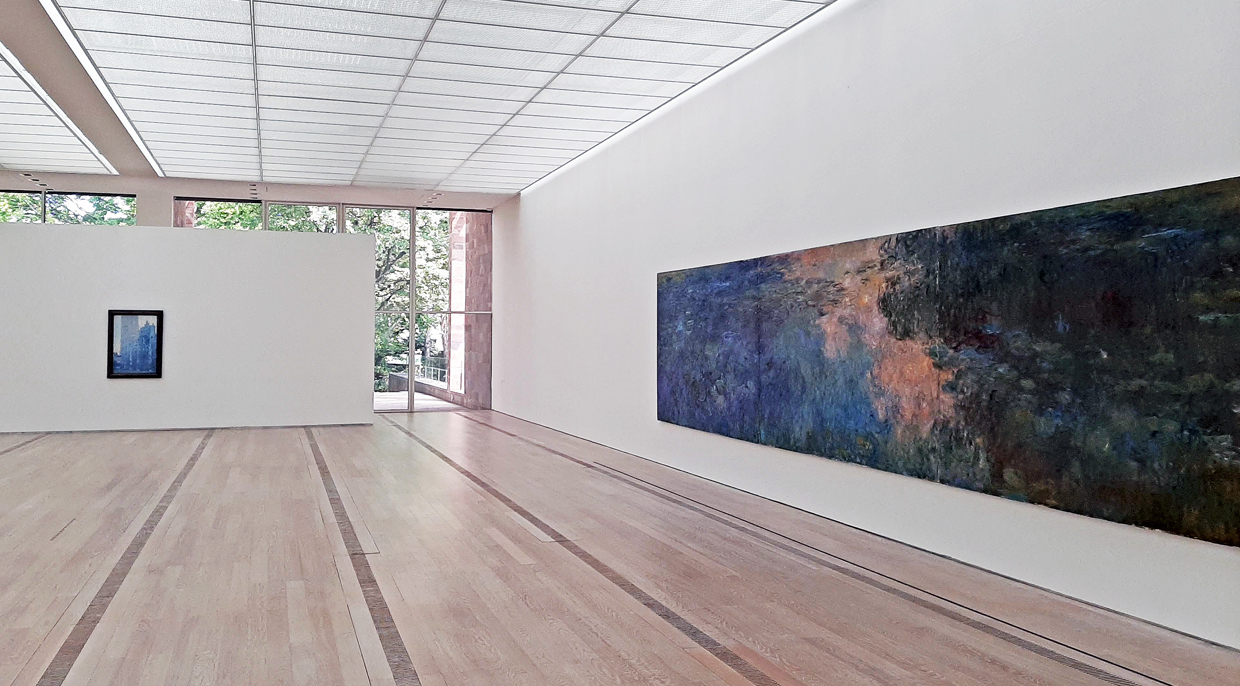
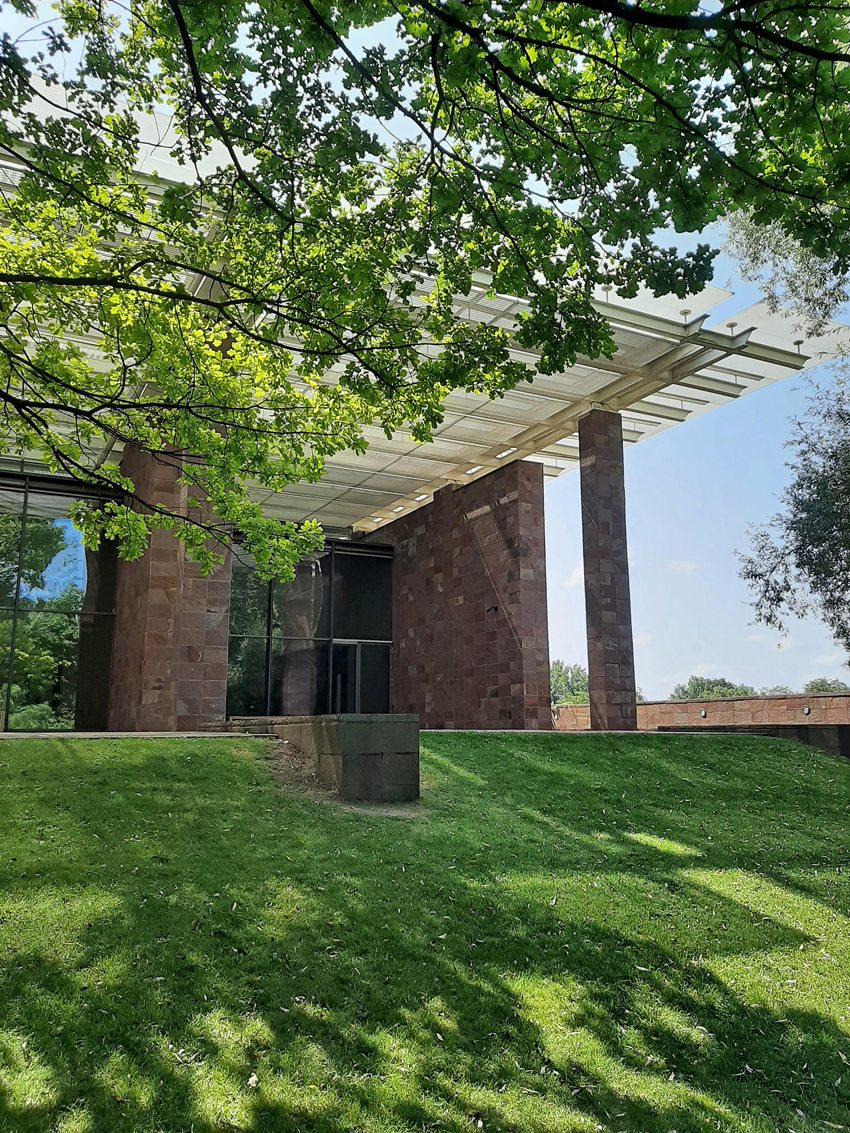
After leaving the Fondation Beyeler, return to the center of the city of Basel and its Messeplatz. A Mecca of the watch industry until recently with Basel World, the fair bringing together the entire sector, the main building still displays its gigantic clock. The new hall, completed in 2013 by the architects Herzog & De Meuron, overlooks the square. It is pierced with an oculus which pours light to the urban ground and the tram rails which cross it. Cut and stretched like sheets of paper, the entire wavy walls create interesting play of light, between extended curves and dry cuts. If this aesthetic form has often been used, it is perfectly achieved in this case.
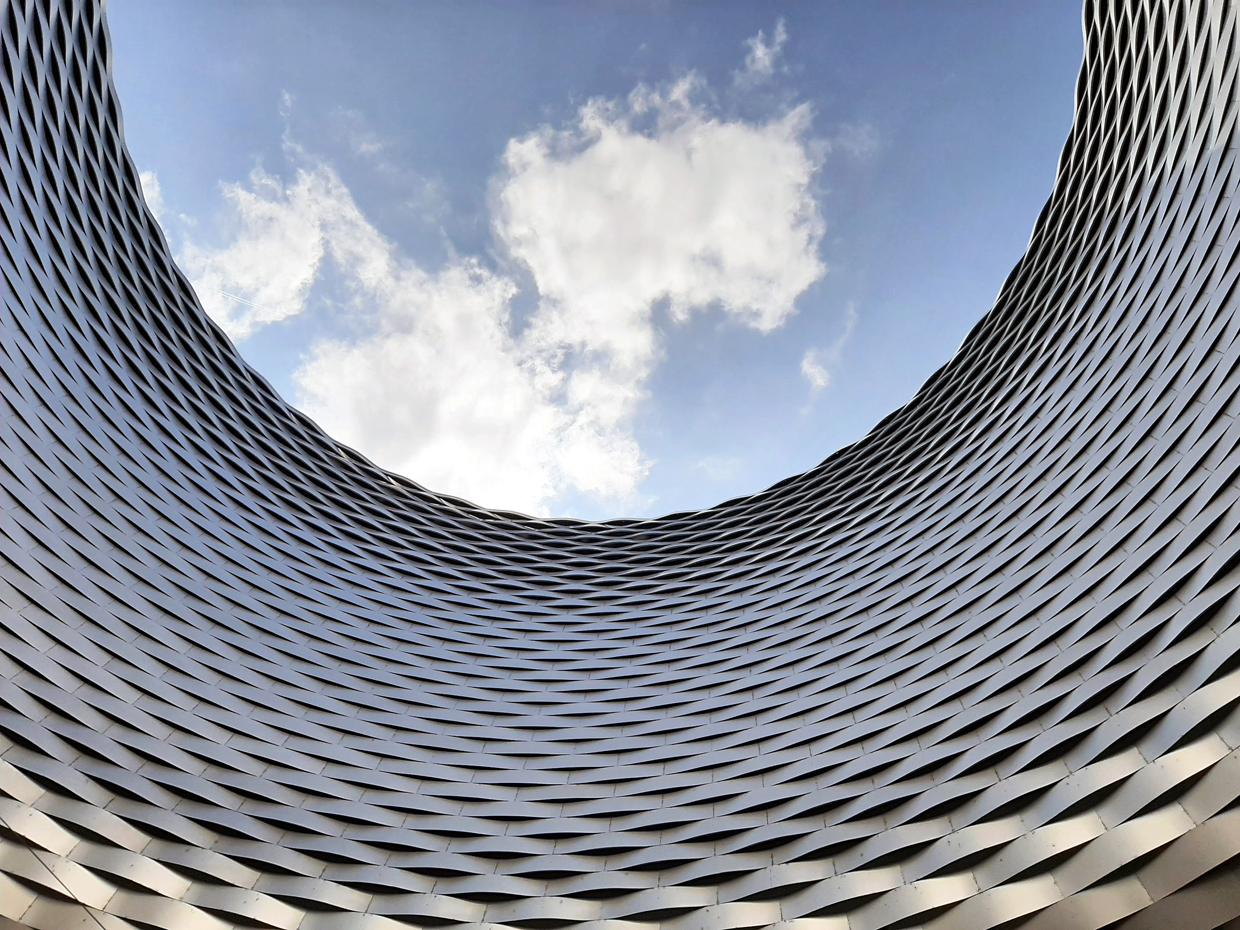
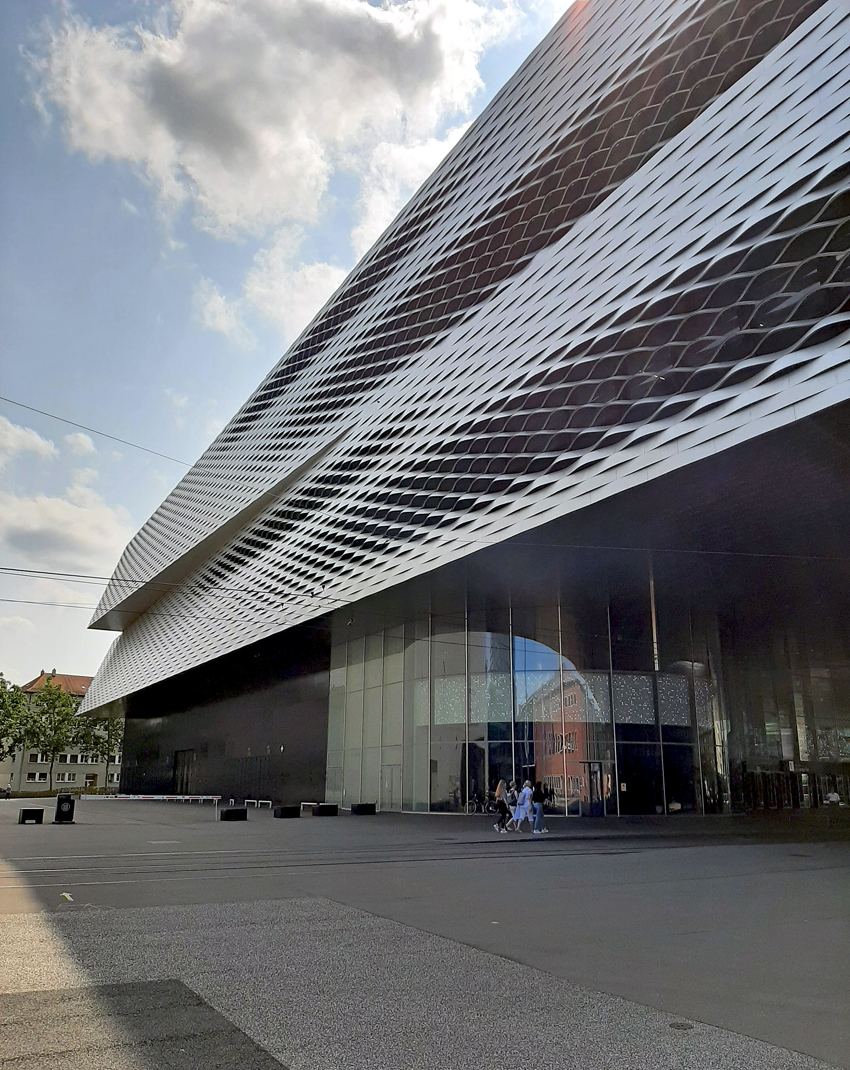
Still enjoying the mild climate on the banks of the Rhine, it’s time to visit the Antoniuskirche (Saint-Antoine church), the first church made entirely of concrete in Switzerland. In a brutalist style, the exterior is austere and refers directly to the facades of a factory. Only the imposing reinforced concrete bell tower reveals the real function of the building.
The interior of the church and its vault in particular are made with rough concrete formwork which gives a rudimentary character to the whole, as if the church was fading away, leaving only the spirituality of the place. This wild environment is softened by a series of colored stained glass windows, the play of light of which subtly adorns the space.
Once this tour is over, it’s time to get back on the train and leave the Rhine city until the next meeting.
